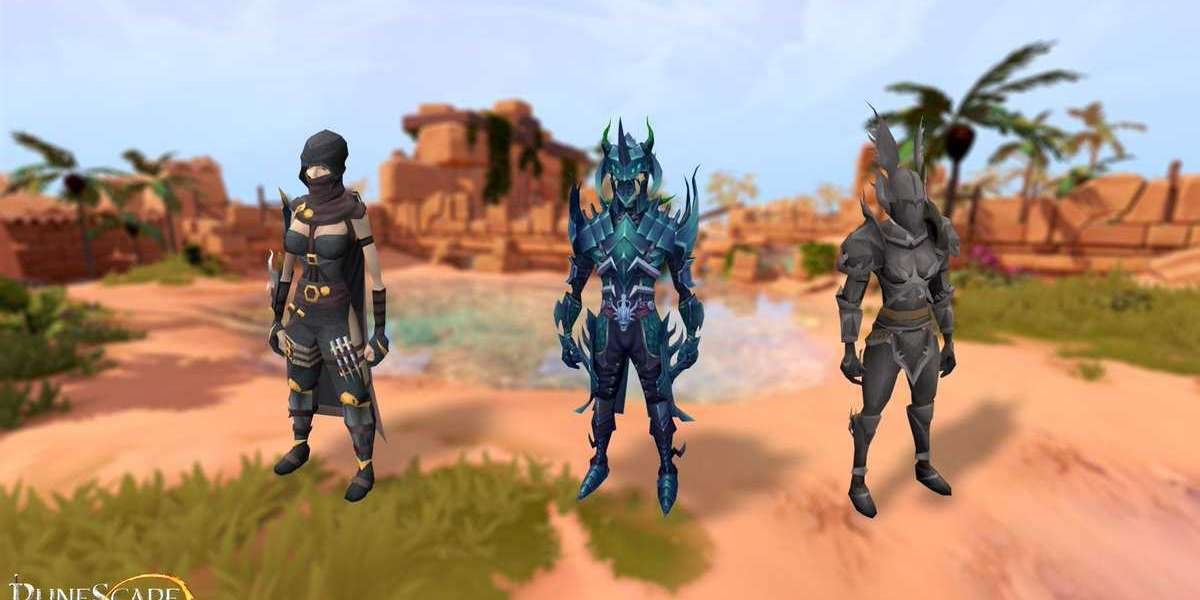In the rapidly evolving field of genomic research, Next Generation Sequencing (NGS) is at the forefront, transforming our understanding of genetics and genomics. As a revolutionary technology, NGS offers unparalleled insights into DNA and RNA sequences, making it an essential tool for researchers and clinicians worldwide. Explore how this cutting-edge technology is paving the way for advancements in personalized medicine, disease research, and beyond.
What is Next Generation Sequencing?
Next Generation Sequencing refers to a suite of high-throughput techniques used to sequence DNA and RNA rapidly and accurately. Unlike traditional sequencing methods, NGS can process millions of sequences in parallel, significantly reducing the time and cost associated with genomic analysis. This technology has become a cornerstone in various fields, including oncology, genetics, and microbial research.
Key Benefits of Next Generation Sequencing
High Throughput and Speed: NGS enables researchers to sequence entire genomes or transcriptomes quickly. This efficiency is crucial for large-scale studies and time-sensitive projects.
Cost-Effectiveness: The reduction in sequencing costs due to NGS has made genomic research more accessible. Researchers can now obtain vast amounts of data at a fraction of the cost of traditional methods.
Comprehensive Data: NGS provides detailed information about genetic variations, including single nucleotide polymorphisms (SNPs), insertions, deletions, and structural variations. This comprehensive data is invaluable for understanding complex genetic traits and diseases.
Enhanced Accuracy: With its ability to sequence millions of fragments simultaneously, NGS offers higher accuracy and sensitivity, reducing the likelihood of errors in genetic analysis.
Applications of Next Generation Sequencing
Next Generation Sequencing is revolutionizing various aspects of research and clinical practice. Here are some key applications:
Personalized Medicine: NGS allows for the customization of medical treatments based on an individual’s genetic profile. This approach enhances the effectiveness of treatments and reduces adverse effects.
Cancer Research: By analyzing the genetic mutations in cancer cells, NGS helps in identifying potential therapeutic targets and understanding cancer progression. This has led to the development of targeted therapies and precision oncology.
Microbial Genomics: NGS is instrumental in studying microbial genomes, including bacteria and viruses. It aids in tracking disease outbreaks, understanding microbial resistance, and developing new antibiotics.
Genetic Disorders: The technology helps in diagnosing rare genetic disorders by identifying genetic mutations that may be missed by conventional methods.
The Future of Next Generation Sequencing
As technology continues to advance, the future of Next Generation Sequencing looks promising. Innovations in sequencing platforms and data analysis will likely lead to even greater accuracy, speed, and affordability. Researchers can expect to see continued growth in the application of NGS across various fields, driving forward our understanding of genetics and improving human health.
In conclusion, Next Generation Sequencing represents a significant leap forward in genomic research, offering extensive benefits and applications. Its ability to deliver high-throughput, cost-effective, and accurate genetic data makes it a valuable tool for researchers and clinicians alike. As we continue to harness the power of NGS, the possibilities for advancing personalized medicine, understanding complex diseases, and exploring microbial genomics are boundless. To stay at the forefront of genomic innovation, embracing NGS technology is essential for the future of research and healthcare.









